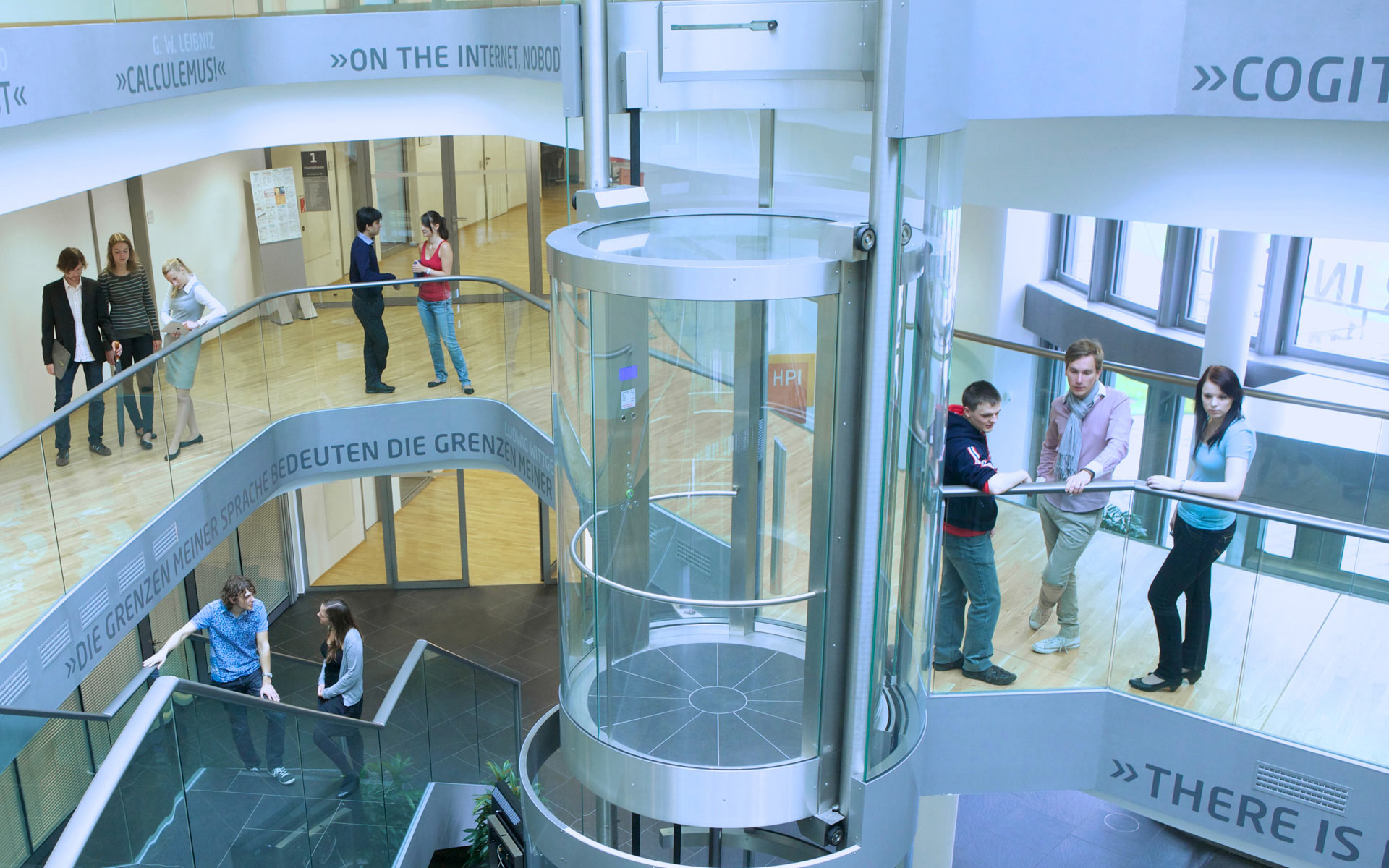Change Exploration
Data and metadata suffer many different kinds of change: values are inserted, deleted or updated; entities appear and disappear; properties are added or re-purposed, etc. Explicitly recognizing, exploring, and evaluating such change can alert to changes in data ingestion procedures, can help assess data quality, and can improve the general understanding of the dataset and its behavior over time. However, not all changes are genuine changes. Especially open, collaboratively edited data sources, such as Wikipedia, frequently undergo changes that deliberately introduce false values. In order to focus on the actual changes in the data one must recognize changes that introduce vandalism, so that they can be filtered out in further analyses.
Wikipedia Tables
Tables serve as a compact representation of facts and data on Wikipedia pages. The dataset is especially interesting since not only the most recent version is publicly available, but we also have their complete edit history for more than 15 years now. The English Wikipedia alone contains more than 5 million articles that are subject to millions of edits each month and many of them contain one or multiple tables. We have already extracted the history of all approximately 2 million distinct tables. Their history features more than 50 million revisions and uncompressed it is about 4TB large. Besides the actual content of the article and the edits, the dataset also comprises certain metadata, most importantly user information.
Vandalism Detection
Vandalism is a common problem in Wikipedia and different methods for detecting vandalism in Wikipedia page revisions exist. However, current methods work on a coarse granularity and have not yet been applied to structured data, stored in tables. While rather obvious variants of vandalism in tables do exist (for example the deletion of a table), vandalism within in tables can be much more subtle (for example raising the population percentage of an ethnic minority from 30% to 50%). The goal of this master project is to develop and evaluate methods that detect and classify as many cases of vandalism in tables as possible.

